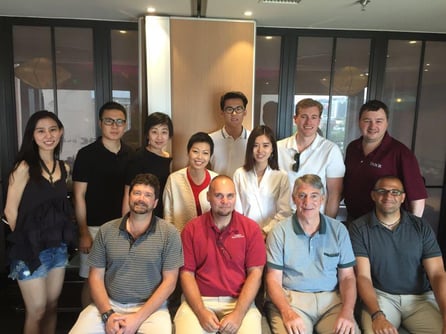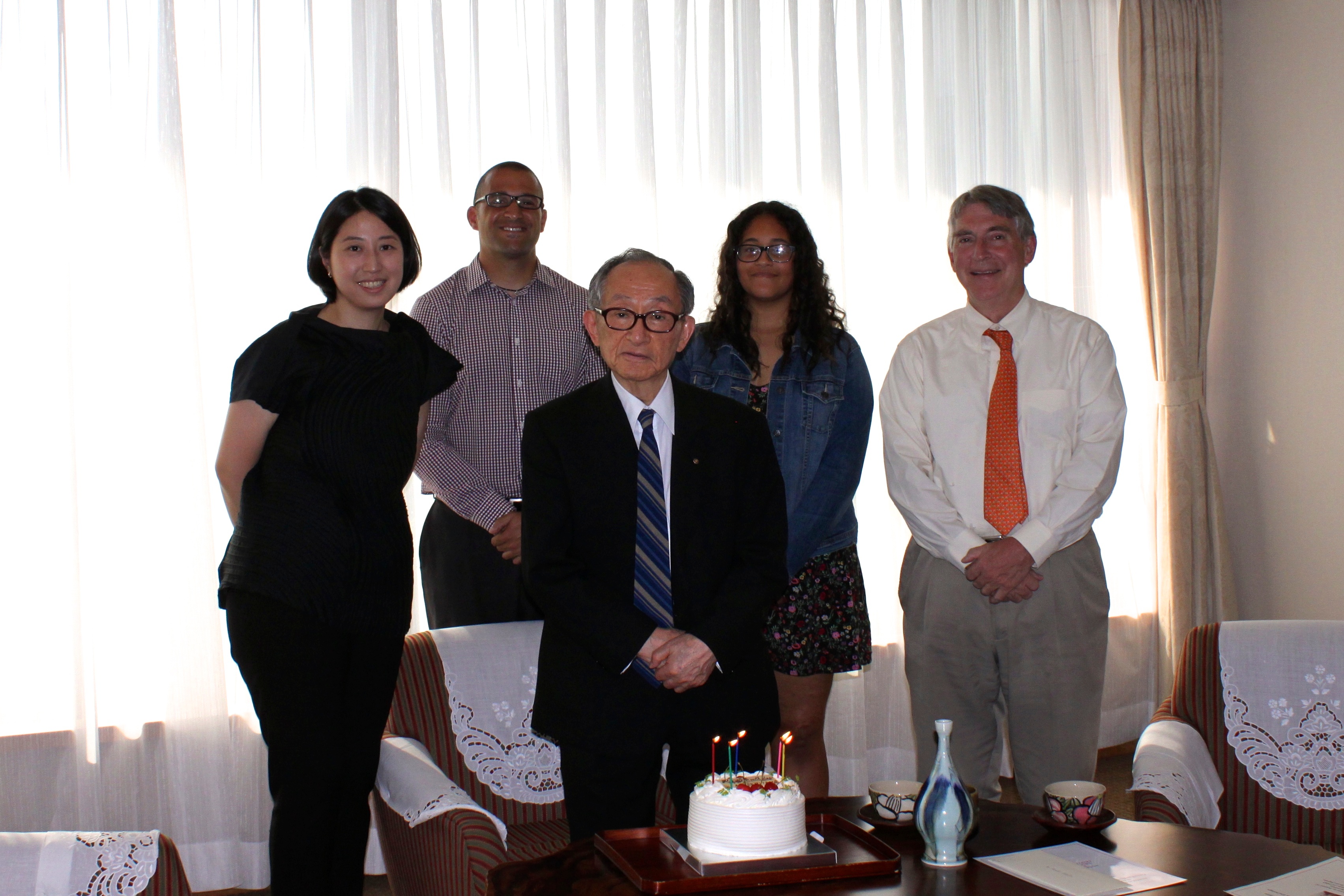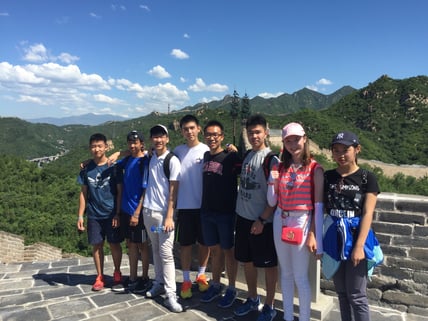 Tabor has a global connection that goes back to 1890, winding its way through the 20th century’s upheavals, surprises, and technology innovations, and now poised to help shape what a 21st century education will mean. This summer Tabor students and faculty rode this global connection to the far corners of the world, and welcomed international travelers and students to the shore of Sippican Harbor. The three brief descriptions that follow may help to give some of the flavor for what are often transforming experiences.
Tabor has a global connection that goes back to 1890, winding its way through the 20th century’s upheavals, surprises, and technology innovations, and now poised to help shape what a 21st century education will mean. This summer Tabor students and faculty rode this global connection to the far corners of the world, and welcomed international travelers and students to the shore of Sippican Harbor. The three brief descriptions that follow may help to give some of the flavor for what are often transforming experiences.
Picture, for a moment, the largest religious structure in the world, built around one thousand years ago and then virtually abandoned until the 19th century, in the eyes of a Tabor student. Even more, imagine traveling to the countryside that surrounds this structure called Angkor Wat, and living in a Cambodian commune for a week. Walk down dusty roads to your host family’s simple, clean home, enjoying their home-cooked meals based on local foods. Your neighbors are the children who live in the nearby. They clamor around as you put up and frame a post-and-beam house, dig a 20 meter deep well with a water pressure drill, lay a reinforced brick bridge for rainy season access to schools and markets, and teach English to the same kids in a nearby NGO-sponsored community school supported by efforts like ours. 31 Tabor students took in this view, toiling in 100 degree days, laughing in evening relaxation, persisting through stomach ailments, and in the end, proud and moved at the end-of-week community meeting and celebration with the village elders and monks.
 Or picture the memory of Tabor in the eyes of its first alumnus from Japan, now recalling 64 years after his graduation day. He stands in his Tokyo office that overlooks the Imperial Palace, his face filled with pleasure and fondness as he shares his experiences at Tabor. He is joined by our freshmen, plus an alumna from the 1990s, and two faculty. This is Shosuke Idemitsu ’52, honored with a scholarship in Tokyo this summer given to freshman Aaliyah Garcia ’19. Shosuke came to American in the difficult aftermath of WWII, following his hope for a more connected world and setting an example for students who have come after him. Just as International Students do today, in seeking his own better future, he helped to create a more friendly community and world around him.
Or picture the memory of Tabor in the eyes of its first alumnus from Japan, now recalling 64 years after his graduation day. He stands in his Tokyo office that overlooks the Imperial Palace, his face filled with pleasure and fondness as he shares his experiences at Tabor. He is joined by our freshmen, plus an alumna from the 1990s, and two faculty. This is Shosuke Idemitsu ’52, honored with a scholarship in Tokyo this summer given to freshman Aaliyah Garcia ’19. Shosuke came to American in the difficult aftermath of WWII, following his hope for a more connected world and setting an example for students who have come after him. Just as International Students do today, in seeking his own better future, he helped to create a more friendly community and world around him.
And finally, picture the future at Tabor in the eyes of one of the new freshmen who attended Tabor summer dinners and events in Bangkok, or Beijing, or Tokyo, or Seoul, or Taipei, or even of one of the students from China who came to the United States for their first time this summer to attend Tabor’s New Oriental three-week summer program. At the age of 14 or 15, traveling to other countries and places offers an astonishing diet of surprises, and leaving home provides just enough discomfort and uncertainty to open one’s mind to images, sounds, and impressions that in many cases will last a lifetime. They pass through the unique and vital experience of taking what is  “foreign” on that first day in September, and reaching out to grow and adapt to your second home, filled with the lifelong friends and sparkling memories that you will take when you graduate.
“foreign” on that first day in September, and reaching out to grow and adapt to your second home, filled with the lifelong friends and sparkling memories that you will take when you graduate.
These are a few of the puzzle pieces that Tabor helps to pull together in personal and unique ways, depending on the people who venture out of or come into the school. In the 126 years since its first International Student arrived, Tabor has enabled students and faculty to wear paths of connection, friendship and awareness that are one of our best claims to educating and learning, all coming from a quiet patch of shoreline next to Sippican Harbor.








